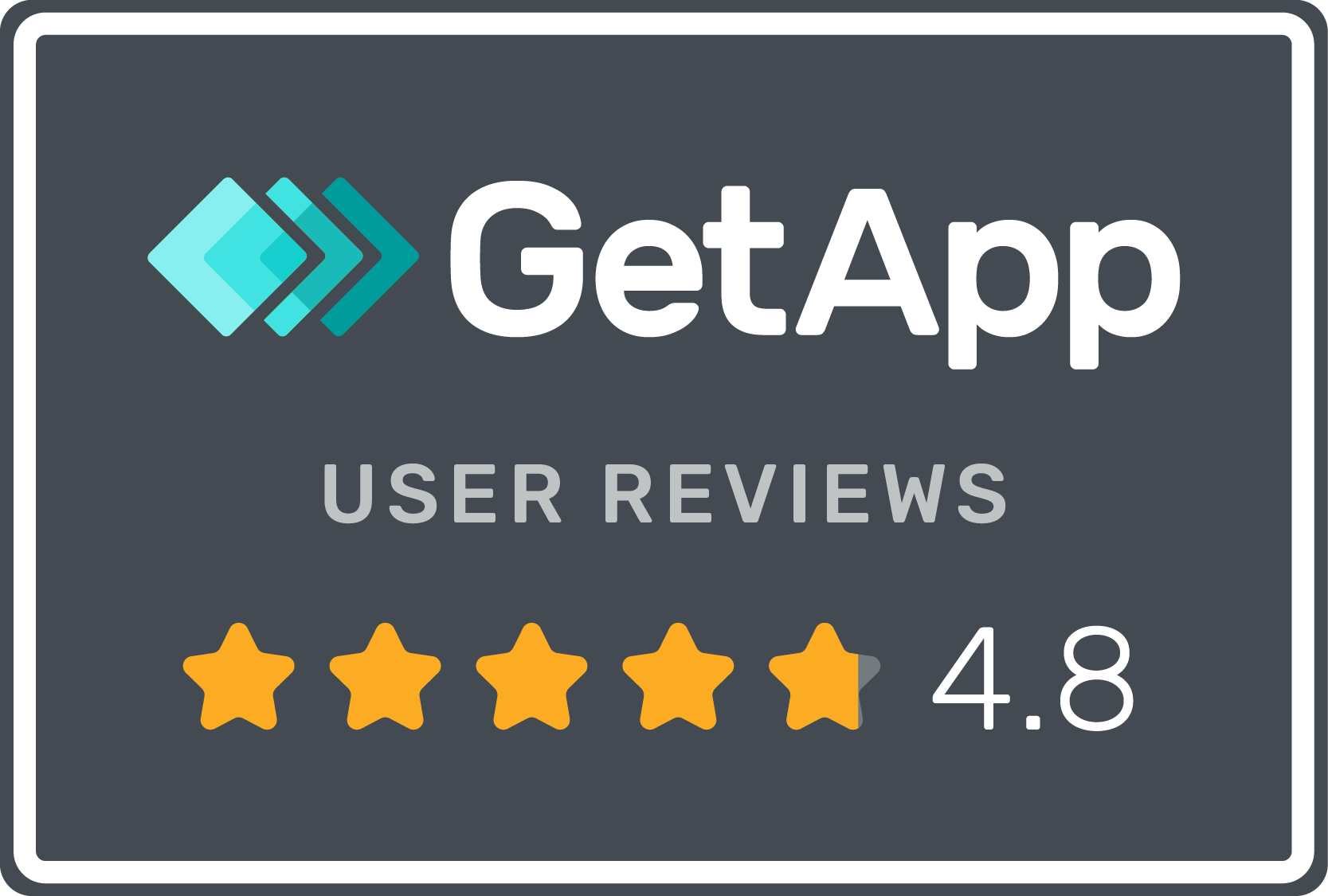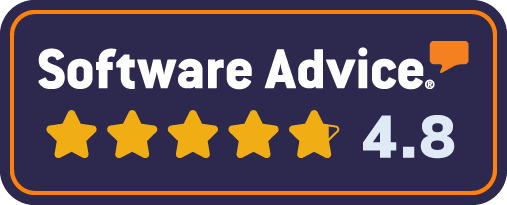Creating a Prompt-able Place — Optimising Places and Destinations for LLMs and Chatbots
Executive summary
In an age where generative AI and large language models (LLMs) are transforming how people discover and engage with information, the future of destination marketing lies not only in storytelling but in making those stories accessible, discoverable, and interpretable by machines.
Place Brands and Destination Marketing Organisations (DMOs) must now evolve from stewards of the brand narrative and brand content, to stewards of structured knowledge, building what we call the “Promptable Place.”
This white paper explores how destinations can optimise themselves for LLMs and AI-powered search, making them easier to promote, more discoverable, and more valuable to both people and the algorithms that guide their choices.
What a Prompt-able Place is not
Many Place Brands and DMOs have branded chatbots on their websites. Such as Destination BC’s AI concierge, City of Helsinki’s virtual assistants, and Tourism Authority of Thailand’s custom GPTs.
This is a step in the right direction, but a branded chatbot is NOT what we mean by a prompt-able place.
Why? Ultimately, consumers are going to be prompting their preferred Chatbot from a Foundtation Model. not the chatbot on your website. Today that is probably one of the following: ChatGPT, Gemini, Claude, DeepSeek, CoPilot, etc.
Instead you need to be discoverable, prompt-able in one of the Foundation Model chatbots. That means ensuring your data and knowledge is crawl-able by these models, much as we have all made our websites crawl-able by search engines like Google for years.
This is in effect the new SEO.
The new “SEO for AI”
The new “SEO for AI” is most often labeled Generative Engine Optimization (GEO) and is concerned with getting content cited in AI-generated answers, such as Google’s AI overviews and ChatGPT responses, rather than ranking highly in traditional search results. It is also sometimes referred to as AI Search Optimization, LLM Optimization, or Answer Engine Optimization (AEO), and involves optimizing for AI’s understanding of content quality, authority, and structured data to become a source for these new, conversational search formats.
Key Differences from Traditional SEO
Goal:
Traditional SEO aims to get users to click on your website, while GEO’s goal is to get your content cited by AI as a reference source in its generated answers.
Content Structure:
GEO favors concise, structured information and clear headings over long-form content optimized for keywords, as AI tools need to easily extract key details.
User Experience:
Traditional SEO leads users to a website, whereas GEO delivers answers directly within the search interface, changing the user experience from browsing to receiving immediate information.
Metrics:
Success in traditional SEO is measured by website traffic and rankings, while GEO success is measured by the frequency of citations in AI outputs.
Why GEO is Important
AI-Powered Search:
Tools like Google AI Overviews and large language models (LLMs) like ChatGPT and Gemini are fundamentally changing how people find information, generating single, conversational answers instead of link-filled search results.
Increased Visibility:
By optimizing for GEO, brands can ensure their content is used as a trustworthy source by these generative AI tools, reaching users even when they don’t click through to a website.
Contextual Understanding:
AI prioritizes content that is not just relevant but also comprehensive, authoritative, and structured with clear context, making GEO a strategic shift in how content is created.
Why a Prompt-able Place or destination is important
Travel discovery, cultural exploration, and brand engagement are no longer limited to websites, brochures, social media channels, or even traditional search engines.
Today, travellers consult AI chatbots like ChatGPT, Claude, Google Gemini, or other LLM-powered assistants to plan their trips, explore destinations, and get travel advice.
If your place brand is not part of the datasets and knowledge bases used by these systems, it risks invisibility.
Destinations that fail to engage with LLMs are missing a critical opportunity to influence travel and investment decisions, shape perceptions, and attract attention from local and global audiences alike.
A Promptable Place is one that is visible, structured, and semantically rich — designed to be surfaced in conversational AI, accessible via prompts and dynamically retrievable through natural language interactions.
Key benefits of becoming a Prompt-able Place:
- Increased discoverability in LLM-powered tools, chatbotx, and AI-driven travel assistants.
- Enhanced brand authority through structured, reliable, and credible knowledge.
- Greater content reuse across AI interfaces, voice assistants, and autonomous agents.
- Future-proofing your brand against the decline of traditional SEO and search engine visibility.
What is required to make a place or destination promptable
A Promptable Place requires intentional design across the digital ecosystem, including:
- Structured Knowledge Base: Facts, FAQs, stories, and narratives that are machine-readable.
- Metadata-rich Assets: Images, videos, audio, and media with complete tagging and structured metadata.
- Open Licensing and Access: Assets that LLMs can safely index and use.
- Content Provenance and Authority: Verified sources and up-to-date documentation.
- Interoperability with AI and Knowledge Graphs: Content must be semantically linked.
These requirements go beyond traditional content strategies. They form a new layer of digital infrastructure that supports automated discovery and interpretation by LLMs.
How to capture and manage place knowledge
Place knowledge encompasses more than statistics and data — it includes heritage, identity, culture, and community stories. Capturing this knowledge involves:
- Mapping local narratives: Curate stories from artists, historians, citizens, and local voices.
- Cataloguing multimedia: Images, video, and audio that reflect the essence of place.
- Creating structured formats: Use schema markup, tags, and metadata to encode meaning.
- Organising for retrieval: Employ systems like Brandkit to centralise and manage these assets.
A successful approach involves balancing human storytelling with machine readability — enabling both humans and LLMs to explore and understand the unique identity of your destination.
In essence, you have to optimise your place knowledge for both people and machine.
Community and citizen engagement
Communities are the stewards of place identity. Engaging citizens in capturing, validating, and sharing place knowledge ensures:
- Authenticity in storytelling.
- Diverse perspectives, especially from underrepresented voices.
- Distributed content creation that scales with community involvement.
- Local ownership and pride in shaping the public digital face of the place.
Tools such as crowd-sourced archives, local Guilds or knowledge hubs, and participatory platforms help gather and validate local contributions while maintaining quality and consistency.
Brandkit for example, supports community contributions of images, video and other assets.
The role of chatbots in discovery and interaction
Chatbots are now essential gateways to discovery. Whether embedded on place and destination brand websites, or integrated into global platforms, they:
- Offer personalised experiences.
- Serve content on-demand.
- Act as real-time guides and conversational curators.
To maximise their effectiveness, chatbots should be connected to a structured backend of place knowledge, enabling natural, accurate, and contextually relevant answers.
Large Language Models (LLMs): Friends, not foes
LLMs like ChatGPT, Claude, or Gemini are transforming the landscape of search and content interaction. Rather than seeing them as a threat to websites or SEO, Place Brands and DMOs should:
- Feed them high-quality knowledge by gathering, storing and deploying machine friendly knowledge sources.
- Establish authoritative sources.
- Structure and annotate data to ensure relevance and retrievability.
- Transform unstructured data (like images and video) into structured data (metadata) for consumption by LLM crawlers and robots.
By providing clean, machine-readable content, destinations increase the chance that LLMs will surface their narratives in response to relevant prompts.
LLM Search Optimisation: A new frontier
Traditional SEO focused on ranking in Google. LLM Search Optimisation (LLM-SO or AIO — AI Optimisation) is about making your content easy for LLMs to ingest and recall.
Key strategies include:
- Structured data: Schema.org, RDF, JSON-LD, llms.txt, markdown text formats.
- Clear licensing: Open access and usage rights for media.
- Canonical narratives: Stories that are verified and backed by reputable sources.
- Linking assets: Interconnect knowledge, media, and metadata semantically.
- Publishing in trusted locations: Wikidata, public APIs, and structured portals.
The end of ‘set and forget’: The rise of dynamic AIO
Traditional content strategies often followed a “set and forget” model — create a website, publish a brochure, and walk away.
In the age of LLMs, this is no longer sufficient.
AIO (Artificial Intelligence Optimisation) is dynamic. It requires:
- Continuous knowledge curation - you must continue to gather and curate knowledge, content and data about your place on an ongoing basis.
- Ongoing community input. - you must continue to strive for community and stakeholder engagement to ensure a consistent brand narrative is shared.
- Regular data updates and annotation - you must continue to publish new knowledge sources, content assets, and stories to keep your place brand relevant and current.
- Engagement with evolving AI ecosystems (e.g., new LLMs, plugins, API endpoints) - you must keep a weather eye out for developments in AI and how AI and new search paradigms impact your presence and influence.
Staying visible means staying active. Promptability is a living process — not a one-time project.
Conclusion: Towards a promptable future
Places/Destinations are not static; neither is the way we discover them. In a world increasingly guided by AI and LLMs, Place Brands and DMOs must shift their strategies toward creating Promptable Places — structured, discoverable, and machine-readable representations of culture, identity, and value.
By doing so, they unlock a new era of visibility, engagement, and storytelling. They become accessible to travellers who query chatbots, to researchers using AI assistants, and to digital agents planning travel experiences.
Next steps for Place Brands and DMOs
- Audit your existing content: Is it structured, licensed, and discoverable by LLMs?
- Centralise your place knowledge in a digital toolkit like Brandkit.
- Engage your community to build out narratives, content pools, FAQs, event and business listings, and contribute verified knowledge.
- Optimise for AI: Move beyond SEO to LLM and chatbot readiness. Brandkit for example automatically generates AI friendly data sources.
- Publish openly and semantically to trusted, machine-friendly locations (see above).
The destinations of the future will be those that are not only beautiful and authentic, but also structured, promptable, and ready for AI.
Brandkit can help you build a ‘Promptable Place’.
No doubt many companies are trying to figure all this out. At Brandkit we’ve been thinking ahead and have already implemented a number of features to help brands navigate the new AI-first web — and build a Promptable Place.
In Brandkit now:
- You can manage everything in in one place in Brandkit. Only Brandkit combines brand narrative, brand guidelines, media files, posts, stories, earned media, YouTube and Instagram posts, FAQs and other curated knowledge — in a branded and custom designed visual search engine and self-serve toolkit for your place or destination.
- Brandkit gives you (and your community) the tools and workflows to easily engage your community and stakeholders, curate, add and maintain your media and knowledge assets on an ongoing basis. Learn about Place Brand Ecosystems in Brandkit.
- Safely serve up public data to people and machines, while at the same time protecting private data from bots and crawlers with Brand-safe access.
- Brandkit now automatically generates machine friendly knowledge sources such as llms.txt. from your web pages, digital assets, FAQs and other knowledge assets.
and more to come.
Happy branding :)
Creating a Promptable Place — Optimising Places and Destinations for LLMs and Chatbots
Learn how to turn your destination into a promptable place - optimised for AI chatbots and LLMs that power modern travel, tourism, and discovery.


